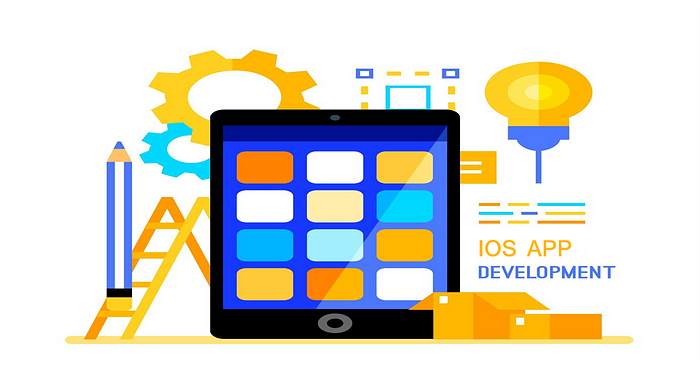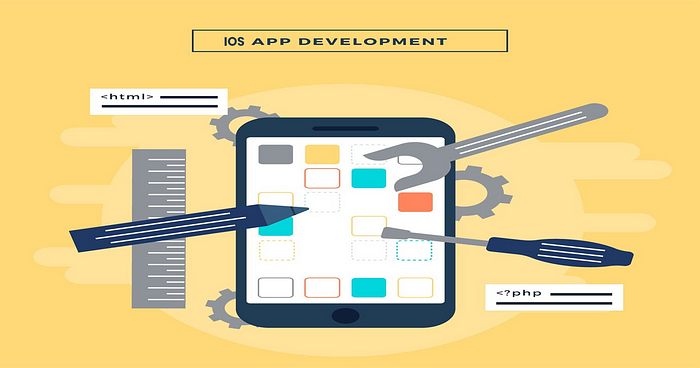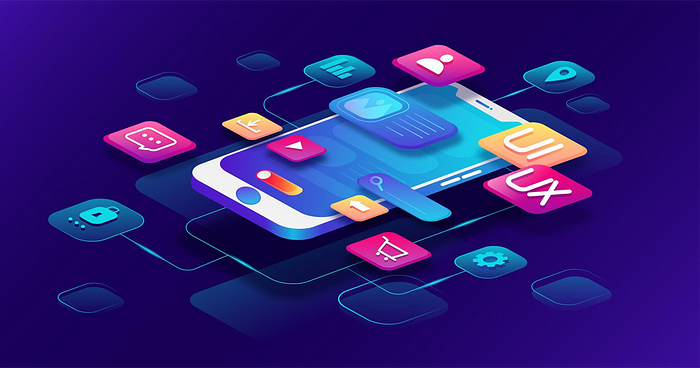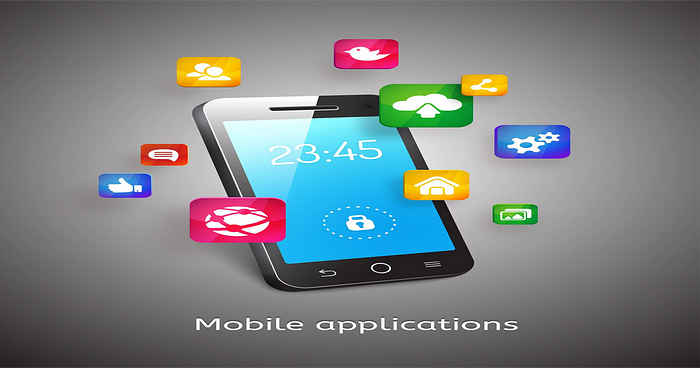iOS Apps Development: A Complete Guide for Beginners and Professionals
In the digital age, mobile applications have revolutionized the way we communicate, shop, learn, and entertain ourselves. Among the leading platforms, iOS — Apple’s mobile operating system — holds a significant position due to its high security, performance, and loyal user base. Developing iOS apps has become a lucrative and innovative career path for developers worldwide. Whether you are a beginner or a seasoned developer, understanding the essentials of iOS app development is crucial in delivering high-quality applications for iPhone, iPad, and other Apple devices.
What is iOS App Development?

iOS app development refers to the process of creating mobile applications for Apple hardware, including iPhone, iPad, Apple Watch, and Apple TV. These apps are built using languages like Swift and Objective-C, and the development is done within Apple’s Xcode environment. The final product is submitted to the App Store, where users can download and use the app.
Tools and Technologies Required
To get started with iOS development, you’ll need to be familiar with certain tools and technologies:
- Xcode: Apple’s official IDE for iOS app development. It includes a code editor, simulator, debugger, and tools for designing user interfaces.
- Swift: A modern, powerful, and intuitive programming language introduced by Apple. It is currently the preferred language for iOS development.
- Objective-C: An older but still-used programming language for iOS apps, especially for legacy code.
- Interface Builder: A part of Xcode used to design app UIs with drag-and-drop elements.
- Cocoa Touch: A UI framework used to develop applications that run on iOS.
- Simulator: An emulator that allows developers to test their apps on virtual Apple devices.
Key Stages of iOS App Development

Here’s a step-by-step breakdown of the iOS app development process:
- Ideation and Planning
Define the app’s purpose, target audience, features, and functionality. Conduct market research and competitor analysis. - UI/UX Design
Design user-friendly interfaces with intuitive navigation. Use tools like Sketch or Figma, and follow Apple’s Human Interface Guidelines. - Development
Start coding using Swift or Objective-C in Xcode. Follow modular architecture and use design patterns like MVC or MVVM for clean and scalable code. - Testing
Thoroughly test the app for bugs, crashes, and performance issues using XCTest, UI tests, and the Xcode simulator. - Deployment
Prepare your app for the App Store by creating an Apple Developer account, setting up certificates, and submitting the app through App Store Connect. - Maintenance and Updates
After the app is live, gather user feedback, fix issues, and release updates to enhance the app’s performance and features.
Benefits of Developing for iOS

- High-Quality Users: iOS users are known for their willingness to spend money on apps and in-app purchases.
- Strong Security: Apple provides a secure environment with robust encryption and sandboxing techniques.
- Consistent User Experience: The uniformity of iOS devices helps developers create apps with a consistent look and feel.
- Global Reach: With the App Store available in over 175 countries, developers can access a worldwide user base.
Future of iOS App Development

With the continuous evolution of iOS and the introduction of technologies like SwiftUI, ARKit, CoreML, and Wearables Integration, iOS development is set to become more dynamic and impactful. Developers will be able to build smarter, more interactive, and more efficient apps that cater to the next generation of users.
Learn More About iOS APP Development

iOS app development is an exciting and rewarding field for developers who want to build robust, user-centric mobile applications. Whether you’re developing your first app or refining your skills, understanding the tools, process, and future trends in iOS development is key to success. With Apple’s thriving ecosystem and global audience, the opportunities are endless for those ready to dive into the world of iOS apps.

Comments
Post a Comment